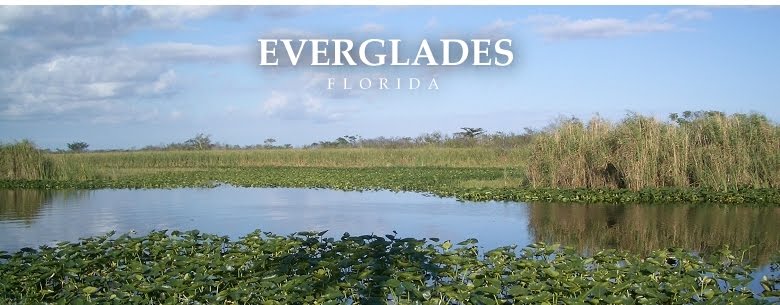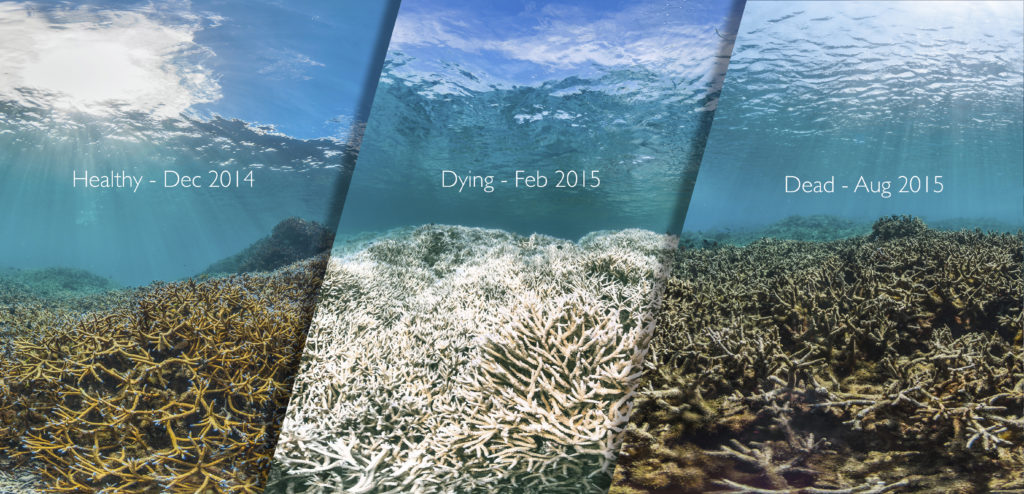
Climate change threatens 1 in 4 natural heritage sites
Climate change imperils one in four natural World Heritage sites, including coral reefs, glaciers, and wetlands — nearly double the number from just three years ago, according to a report issued during the recent UN climate talks.
Released during the U.N. climate talks in Bonn, Germany, the study by the International Union for Conservation of Nature stated that the number of sites at risk has grown to 62 from 35 in 2014.
Among the ecosystems most threatened by global warming are coral reefs, which bleach as oceans heat up, as well as glaciers which melt.
“Climate change acts fast and is not sparing the finest treasures of our planet,” said IUCN Director General Inger Andersen. “Climate change now threatens the very fabric of our society, threatens our identity, an identity that is grounded in the rich and yet delicate patchwork of natural heritage.”
The report found that 29 percent of World Heritage sites faced “significant” threats, and 7 percent — including the Everglades National Park in the United States and Lake Turkana in Kenya — had a “critical” outlook.

“The scale and pace at which it is damaging our natural heritage underline the need for urgent and ambitious national commitments and actions to implement the Paris Agreement,” said Andersen.
Negotiators are gathered in Bonn to work out a nuts-and-bolts rulebook for executing the pact adopted by nearly 200 countries in the French capital in 2015.
The agreement seeks to limit average global warming caused by greenhouse gases from fossil-fuel burning to under two degrees Celsius over pre-industrial levels, and to 1.5 C if possible. The 1 C mark has already been passed, and scientists say that on current country pledges to cut emissions, the world is headed for a 3 C future.
The IUCN monitors more than 200 natural Heritage sites listed by the U.N. Educational Scientific and Cultural Organization.
Three World Heritage-listed coral reefs — the Aldabra Atoll in the Indian Ocean, the Belize Barrier Reef in the Atlantic, and Australia’s Great Barrier Reef, the biggest on Earth — have been affected by “devastating” bleaching events over the last three years, said the IUCN report.

Corals “bleach” when they are stressed by environmental changes due to ocean warming or pollution. The corals expel the colorful algae that live in them and turn bone white.
“Retreating glaciers, also resulting from rising temperatures, threaten sites such as Kilimanjaro National Park, which boasts Africa’s highest peak, and the Swiss Alps Jungfrau-Aletsch, home to the largest Alpine glacier,” said the report.
Wetlands, low-lying deltas, permafrost and fire-sensitive ecosystems are also affected by changes in Earth’s climate, it added.
Harm to natural sites endangers local economies and livelihoods, the IUCN said. “In Peru’s Huascaran National Park, for example, melting glaciers affect water supplies and contaminate water and soil due to the release of heavy metals previously trapped under ice.”
Only invasive plant and animal species surpassed climate change as a risk to natural heritage sites.
The report said the management of heritage sites has declined since 2014, “notably due to insufficient funding.” Countries assume responsibility under the World Heritage Convention to protect listed sites within their borders.


